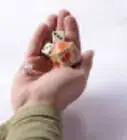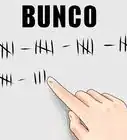wikiHow is a “wiki,” similar to Wikipedia, which means that many of our articles are co-written by multiple authors. To create this article, volunteer authors worked to edit and improve it over time.
This article has been viewed 131,071 times.
Learn more...
Farkle is a dice game that can be played with two or more players and is similar to other games, including 1000/5000/1000, Cosmic Wimpout, Greed, Hot Dice, Zonk and Darsh, among others. Although the game is rumored to have its origins in the early modern period, it was only in the early 1980s that Farkle was marketed commercially. Do you want to play? The rules are fairly simple.
Steps
Playing with the Standard Rules
-
1Gather your players around a table or other flat surface. Determine who will roll first by having each player roll one die; the player with the highest roll gets to go first. Players will take turns in a clockwise direction.
-
2Make sure everyone knows the standard points system. This will help make the game go smoothly.
- A roll of a 1 is worth 100 points.
- A roll of a 5 is worth 50 points.
- A roll of three of a kind is worth 100 times the face value. For example, if you roll three 2s, your total will be 200 points, three 5s will be 500 points and so on. However, there is an important exception to this rule; three 1s are worth 1,000 points, instead of 100 points.[1]
Advertisement -
3Start with the first player's roll. Roll all six dice at the same time and remove at least one "point dice," meaning any dice that are worth points like 1s, 5s, or three of a kind.
- Players do not have to set aside all point dice. It is important to consider strategy here. For instance, in cases where a player rolls two point dice, such as a 1 and 5, it can be strategic to keep the 1 aside and place the other back with the rest of the non-point dice to be rolled. In so doing, you may have a better chance at rolling a three of a kind (or other combination) and thus increasing your score.[2]
-
4Observe the standard rules of "farkling" and "hot dice." In the case of the former, this is where the game gets its name from.
- If the player rolls and no point dice appear, this is called a "farkle." In the case of a farkle, the player loses all the point dice collected during that turn. The turn then passes to the next player on the left.
- If the player rolls and all six dice become point dice, something known as "hot dice," the player must roll all of the dice once more before stopping and adding the points collected. There is no limit to the number of "hot dice" a player may roll in one turn.
-
5Keep rolling the remaining dice. In other words, the player can roll to collect more points, or stop and keep any points acquired. Carefully consider strategy in deciding whether to roll or stop. For example, if a player throws 1,2,3,3,3,5, any of the following plays are possible:
- Score three 3s as 300 points and then roll the remaining three dice.
- Score the single 1 as 100 points and then roll the remaining five dice.
- Score the single 5 as 50 points and then roll the remaining five dice.
- Score three 3s, the single 1, and the single 5 for a total of 450 points and then roll the remaining die.
- Score three 3s, the single 1, and the single 5 for a total of 450 points. Stop rolling and score the 450 points.
- If the player continues rolling in any of the above cases except for the last, they risk rolling a farkle and losing all accumulated points from that turn.
- However, if they score five dice and have only one die left to roll, they have a 1 in 3 chance of scoring a 1 or a 5. Then, having scored all six dice they will have "hot dice" and can roll all six dice again to gain more points.
-
6Record all points collected on the paper after each player's turn. It's important to keep clear records in order to keep the game fair and fun!
-
7Play until a winner is proclaimed. To win, a player must get 10,000 points. After a player gets over 10,000, the other players get one turn to try to beat the first player out of the game. Declare a winner based on this last roll and play again![3]
Playing with Alternative Rules
-
1Gather your players around a table or other flat surface. Determine who will roll first by having each player roll one die; whoever gets the highest score is the first player, as in the standard Farkle game.
-
2Establish the scoring variations you would like to play with. Common variations include:
- A straight (1, 2, 3, 4, 5, 6) on one roll is worth 1,500, 2000, or 3000 points or no points.
- Three pairs (e.g., 2, 2, 3, 3, 5, 5) is scored as 500, 600, 750, 1,000, or 1,500 points.
- A full house (three of a kind and a pair) is worth the three of a kind value plus 250 points (e.g., 3, 3, 3, 2, 2 = 550 points).
- Two sets of three of a kind: 2,500 points
- Four of a kind is scored as 1,000 points, or double the three of a kind value, or quadruple the three of a kind value.
- Five of a kind is scored as 2,000 points, or triple the three of a kind value, or six times the three of a kind value.
- Six of a kind is scored as 3,000 points, or quadruple the three of a kind value, or eight times the three of a kind value.
- Six 1s are worth 5000 points, or the player is instantly declared the winner.[4]
-
3Establish the changes to the sequence of play. Common variations include:
- Playing with five dice instead of six. Some scoring combinations (e.g. three pair) are not possible in this version of Farkle.
- Playing in teams, rather than individually. Players on the same team combine their scores and sit opposite other teams.
- Establishing a threshold in players' opening turns before they can begin scoring. Common thresholds are 350, 400, 500, and 1,000. At the beginning of the game, each player must throw in their turn until they reach the threshold; after that point, they can choose to stop or keep rolling in all subsequent turns.
- Changing the winning score to greater or less than 10,000 points (e.g., 20,000 or 5,000 points). Another option is to make the score exactly 10,000 points, which is called the "welfare" version of Farkle. If a player scores above 10,000, all points won during that turn are transferred to the player with the lowest score.
- Changing the farkling rules. If a player farkles three times in a row, he/she loses 500 or 1,000 points.
- Allowing players to begin their turn by rolling the dice remaining from the previous player's roll (those dice not set aside for scoring). If the player scores with any of the dice on the first roll, they receive 1,000 points in addition to any other points they win. This is called the High Stakes (Piggy-backing) variant.[5]
-
4Agree on all the rules and then begin to play. Take turns in a clockwise direction and roll until a winner is declared. Have fun!
Community Q&A
-
QuestionI am on the 2nd throw of my dice (I have four). I roll three 6s and a 1. Is this equal to 700? Or does the 3 of a kind only count on the first roll?
 Community AnswerYour score is 700. 3 of a kind counts at any point during the game, not just the first roll.
Community AnswerYour score is 700. 3 of a kind counts at any point during the game, not just the first roll. -
QuestionWhen you have a Farkle, do you lose all of your points you rolled?
 Community AnswerYes. If you do Farkle, your turn ends and you’ll score no points for the round. That means if all six dice show 2, 2, 3, 6, 4, and 3, then you’ll get a Farkle!
Community AnswerYes. If you do Farkle, your turn ends and you’ll score no points for the round. That means if all six dice show 2, 2, 3, 6, 4, and 3, then you’ll get a Farkle! -
QuestionHow many rolls does a person get on their turn?
 Community AnswerYou can roll as many times as you want but remember, you’ll have to keep your points or get a Farkle to end your turn.
Community AnswerYou can roll as many times as you want but remember, you’ll have to keep your points or get a Farkle to end your turn.
Things You'll Need
- Two or more players
- Six dice
- Paper and pencil for keeping score
- A flat surface
- Optional: Shaker cup for dice
References
- ↑ http://officialfarklerules.com/rules-of-the-game/
- ↑ http://officialfarklerules.com/rules-of-the-game/
- ↑ https://cdn.shptrn.com/media/mfg/1725/media_document/8976/FarkleRules_E.pdf
- ↑ http://www.dicegamedepot.com/dice-n-games-blog/farkle-rules
- ↑ http://www.dicegamedepot.com/dice-n-games-blog/farkle-rules
About This Article
Farkle is a fun dice game for 2 or more players where players try to be the first one to score 10,000 points by rolling different point-scoring combinations. On a player’s turn, they roll all 6 dice at once. In Farkle, 1s are worth 100 points, 5s are worth 50 points, and a 3 of a kind is worth 100 times the face value of the dice. For example, three 4s are worth 400 points. Four of a kind is worth 1,000 points, 5 of a kind is worth 2,000 points, 6 of a kind is worth 3,000 points, 3 pairs is worth 1,500 points, a 4 of a kind with a pair is worth 1,500 points, a 1 through 6 straight made in one roll is worth 1,500 points, and two three of a kinds is worth 2,500 points. If a player scores points on a roll, they can set the point-scoring dice aside and re-roll the other dice. Players can choose how many point-scoring dice they want to set aside, but they must set aside at least 1 die to continue rolling. Players can continue rolling as long as they score and set aside at least one point-scoring die per roll. However, if a player rolls and doesn’t score any points, they “farkle” and lose all of the points they’ve accumulated during that turn. Players can stop rolling at any point if they don’t want to risk farkling and losing their points. If a player chooses to end their turn instead of continuing to roll, they add any points they’ve accumulated so far to their score. If a player manages to score on all 6 dice, either all at once or across multiple rolls during the same turn, they have the option to re-roll all 6 dice and continue rolling again to score more points. However, if they farkle at any point, they lose all of their points from that series or rolls as well as their first series of rolls. In order for a player to get on the score sheet and start accumulating points, they must first score at least 500 points in one turn. After that, they can score as few points as they’d like during a turn. Play continues clockwise around the table. The first player to reach 10,000 points first wins the game! To learn how to use strategy to decide whether to stop or keep rolling the dice when you play Farkle, scroll down!
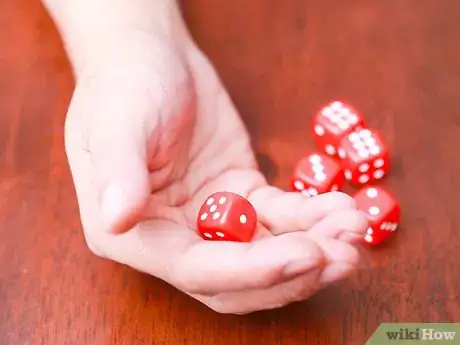

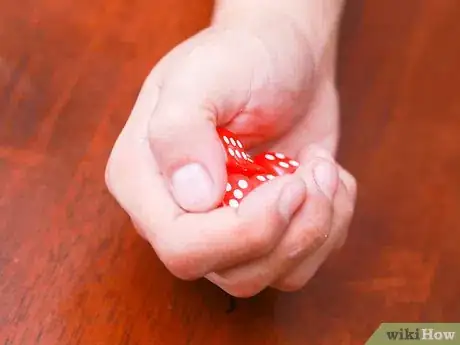
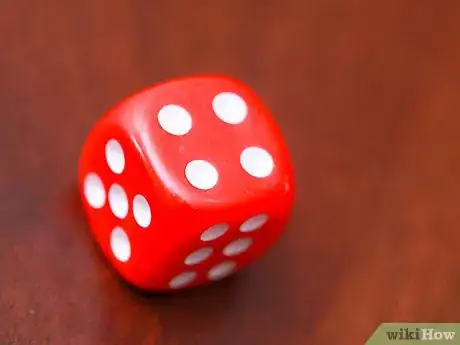
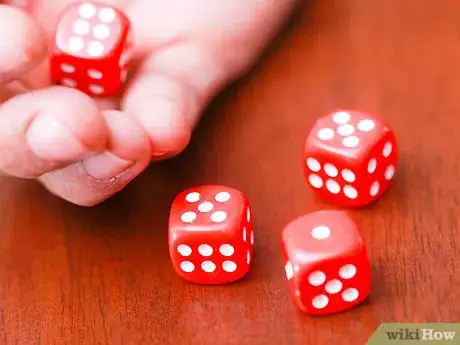


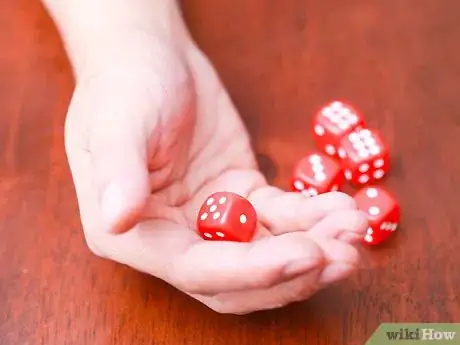

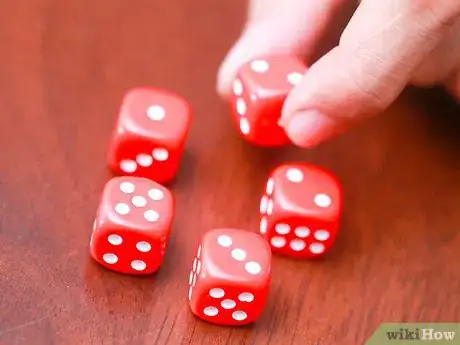
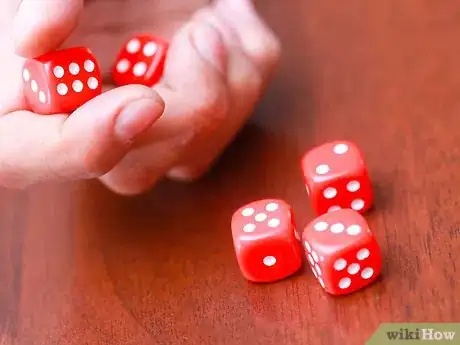
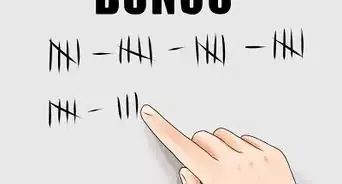
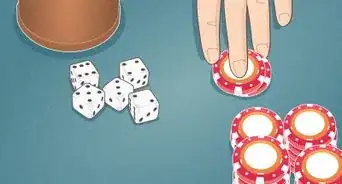
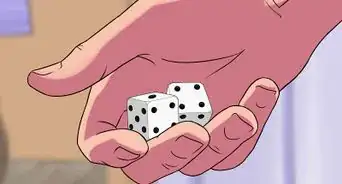

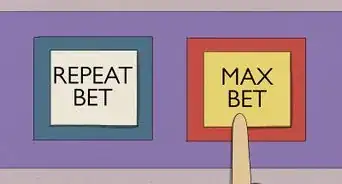
-Step-35.webp)
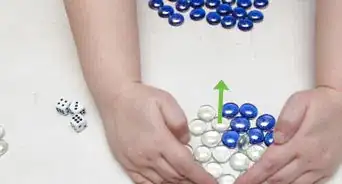
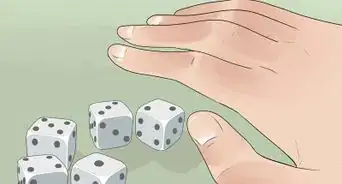
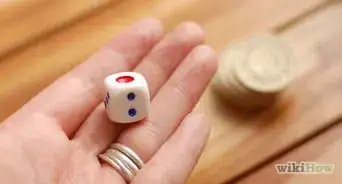
-Step-10.webp)









